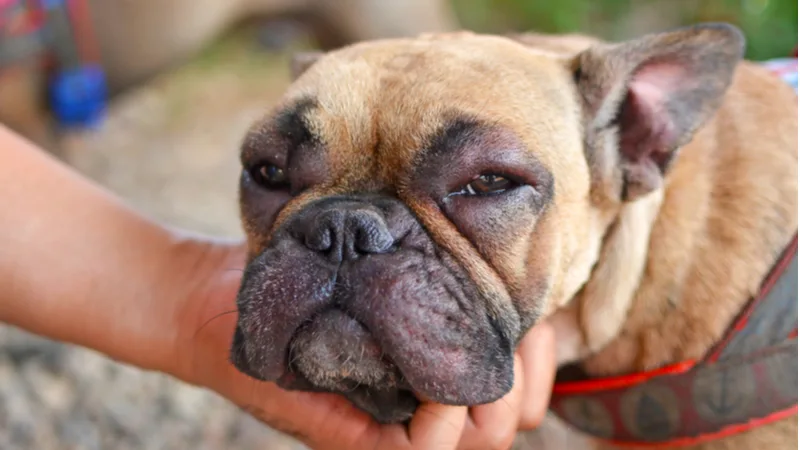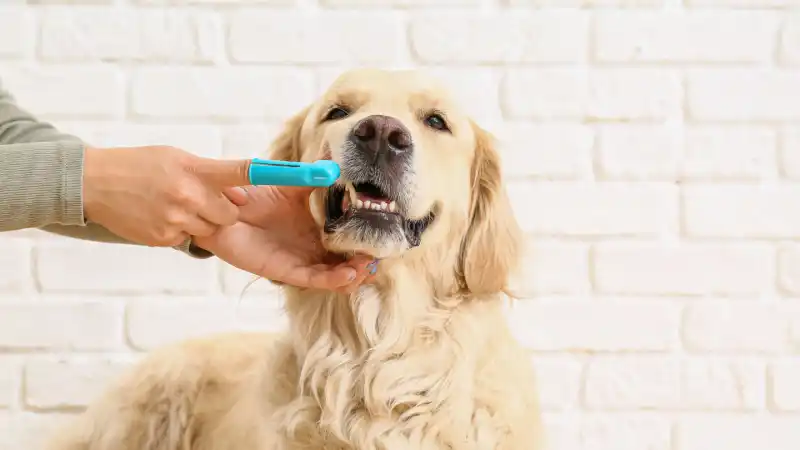Lumps, Bumps, Redness, and Rashes: When to See the Veterinary Dermatologist
Don't panic if you see a bump, lump, or rash on your cat or dog! After seeing a vet, it might be worth getting an appointment with a veterinary dermatologist.

Has this ever happened to you? You’re scratching that spot behind your pup’s ears or on their belly and you notice a lump or rash.
It doesn’t seem to be bothering them, but you don’t want to let a small skin issue get worse.What should you do?
Your first step should always be to schedule a veterinarian appointment as soon as possible. That way, they can give your pup’s skin a once over and note anything of concern. In some instances, that will be the end of it. Your veterinarian will prescribe a topical cream to relieve itchiness, and that will solve the problem.
However, it’s not always that easy. Lumps can continue to grow, and creams don’t always resolve the issue. That’s when your veterinarian will refer you to a veterinary dermatologist.
What Does a Veterinary Dermatologist Do?
Your primary vet can diagnose and offer treatment solutions for many skin-related problems. For example, did your dog gash their paw on a rock while running at the park? Or does your cat seem to be licking the same spot incessantly? Your vet should be your first stop for routine issues like these.
If an issue seems more complicated than expected or your pet doesn’t respond to initial treatments, your vet may refer you to a dermatologist. Veterinary dermatologists specialize in common dog and cat skin conditions, many of which are hard to diagnose.
Veterinary dermatologists are experts on:
Skin
Hair
Nails
Ears
Northeast Veterinary Dermatology Specialistsalso point out that dermatologists are highly knowledgeable about allergies, parasitic skin diseases, and skin cancers.
Signs Your Pet Needs to See a Veterinary Dermatologist
Here are 3 conditions that will likely require a visit to a veterinary dermatologist:
Medication Side Effects
Your family vet is licensed to prescribe medication. For instance, if your dog is constantly itching, a veterinarian can provide temporary relief by giving you a cream to soothe any skin inflammation. But not all pets respond well to medication and can develop side effects.
For example, one common drug to relieve chronic itchiness is Apoquel. However, some dogs may have unpleasant side effects, including vomiting, diarrhea, and lethargy. It would be wise to take your pet to a veterinary dermatologist in such cases.
Skin Rashes
On occasion, rolling around in the grass or playing with a fellow pup at the dog park can lead to a rash forming on your dog’s underbelly, legs, muzzle, or skin. Usually, it’s triggered by something in the environment. Your dog could have rubbed up against something, resulting in a mild allergic reaction. Observe the rash over the next few hours to see if it dissipates.
If it gets redder and/or spreads, then it’s time to check in with a veterinary dermatologist. As mentioned, allergies are a common cause of skin rashes. Your veterinary dermatologist will be able to determine whether something outside – such as pollen or a bug bite – is the cause, or if it could have been triggered by an allergic reaction to food, grooming products, or something else entirely.
Bumps and Bald Spots
Three things a pet owner never wants to see – random lumps, bumps, or bald spots on their pup’s body.
Let’s discuss hair loss first. Typically, when a cat, dog, small mammal, or bird scratches so hard that it leads to bald patches, it’s because of an underlying skin condition. For example, ringworm is common in outdoor cats. This fungal disease is 100% treatable, but until a veterinary dermatologist diagnoses it, you may not even realize why your kitty is going bald in the first place!
Then, there are those bumps we feel when petting our four-legged friends. Our minds race to thoughts of the dreaded "c" word right away. Before you panic, remember that not all lumps are malignant and, in fact, cancerous tumors are often confused with perfectly harmless bumps. The best way to protect your pet’s health (and put your mind at ease) is to consult a veterinary dermatologist.
Today’s Veterinary Practicerecommends seeking out a professional’s advice when a bump:
Is the same size as a pea (1cm)
Lasts for more than a month
Is red
Produces pus/discharge
Causes pain
After completing a physical and acquiring samples for testing, your veterinarian will suggest next steps (such as surgical removal).
Don’t Panic!
It’s alarming to suddenly discover a big lump or red rash on your pet, but it’s impossible to determine the severity without consulting a medical professional.
In these situations, there are two things you need to avoid:
Panicking
Ignoring it
Ask your vet to refer you to a veterinary dermatologist when in doubt.
Take some of the stress out of pet ownership with Accident & Illness Coverage from AKC Pet Insurance (underwritten by Independence American Insurance Company). Our pet insurance plans are designed to be there when you need them, allowing you to focus more on the health of your pet and less on costly veterinary bills. Click here for a quote today!
A connoisseur of fluffy pups, Jen Phillips April started writing about dog health back in 2005 with a dog treat recipe site. Now she writes for multiple pet brands, veterinarians, and pet tech.
READ MORE ARTICLES

